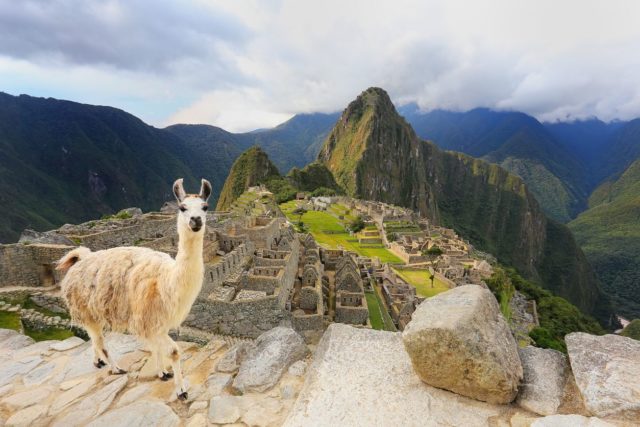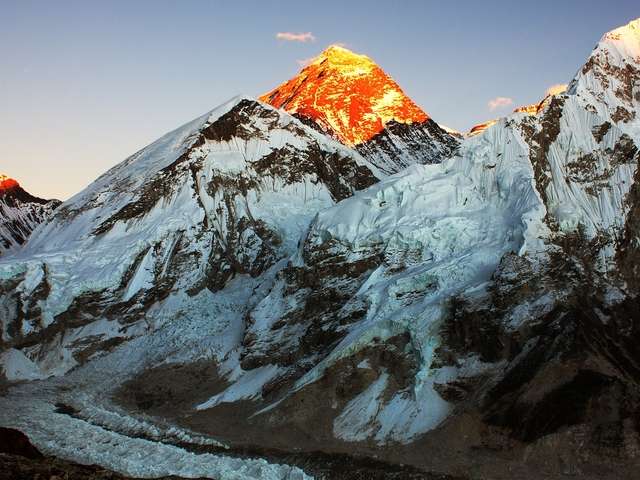
While most of the planning and preparing for this 4 day trek is handled by us, it is important to bring necessary items to make sure your trek is as comfortable and enjoyable as possible.
Documents & Money
You will need to carry the physical copy of your passport with you so that you can gain access to Machu Picchu. You will also want to bring small change in Peruvian sol for drinks, snacks and souvenirs along the way. At the Machu Picchu entry gate you can pay 1-2 sols for use of clean toilets. You will need to get local currency out at the airport or at an ATM in Cusco before the trek. For protection against the elements on the trail, we recommend bringing a drybag for your documents and money.
Trekking Pack
The size of your pack will vary from person to person, but we generally recommend that you stay within the 36-50L range to carry all your day essentials for 3 nights and 4 days. The porters will be carrying all of the necessary camping and cooking equipment for the group and unless you opt to pay more for a personal porter, everything you bring you will need to carry in your daypack. You will also want to get a lock for your pack to keep your documents and money secure while on trail.
- Private Porter: If you want the items that you won’t need while trekking during the day, you can pay extra to have a porter carry them for you in a duffel bag provided by us. In terms of cost, a weight allowance of 7kg will cost you an extra $100 USD for the entire trek and up to $200 USD for 14kg.
Trekking Wear
- Clothing: Layer up on trail, as the mornings are cold and the days are hot in the dry season. Your trekking pants and shirts should be lightweight, breathable and moisture wicking. Merino wool and synthetic fabrics are good options for this.
- Hiking Boots: Well-worn and waterproof hiking boots are key to comfort on the trail. For an extra layer of safety, ankle high boots are a good idea.
- Socks: Smart wool socks and sock liners will help keep your feet warm, dry and blister free.
Day Trekking
You will want to organize your pack in such a way that these items will be within your reach while you are trekking.
- Water: Typically you will want to consume a minimum of 4 litres a day. You should bring at least 2 litres of container/s to fill up with water along the way. You will need to bring water for the first morning then we will provide you with drinking – previously boiled – water for the rest of the trek. You will also want to bring a pack of water tablets, minimum of 20, as a supplement.
- Bathrooms: There are bathrooms at campsites, but you will want to have toilet paper and hand sanitizer on you for when you need to go during the day.
- Tip: Many female trekkers bring a portable pee device, such as go-girl
- Snacks: We will provide various snacks throughout the day, but it doesn’t hurt to bring your own favorites as supplements.
- Sun Protection: Always when you are at high elevation you will need to bring sunscreen, spf lip balm, sunglasses and a wide-brimmed hat for protection against the strong sun.
- Mosquitoes: At the lower altitude portions of your trek, prepare for the presence of mosquitoes. For optimal protection wear long sleeve clothing and bring a bottle of DEET to spray your clothes with.
- Tip: Spray deet directly onto your clothing before putting on.
- Trekking Poles: While trekking poles are not necessary to do this trek, they are certainly a welcome addition especially in the wet season when the steps get slippery. You can either bring your own or rent them upon arrival from the trekking company. If you bring your own make sure that they have rubber tips as metal tips are prohibited on the Inca Trail.
Campsites
During the dry season, the evenings can get quite cold. You will be provided with a tent and a sleeping mat, but will need to bring or rent a sleeping bag from the trekking company, preferably all season and -10 degrees. In terms of clothing you will want midweight long underwear set, wool/fleece sweater, hat and gloves, a down jacket, and warm wool socks. Extra underwear and socks in your pack are always essential. Make sure to have a small bag to separate your dirty clothes from your clean in your pack. A portable charger will come in handy to recharge your electronics in the evening for pictures and videos during the day. Many people opt to sleep with their electronics in their sleeping bag to better preserve the battery.
Toiletries
There are showers available at the campsites, but many people decide to forgo them as taking a cold shower in cold temperatures is often not very appealing. You will want to be prepared for this possibility and bring alternative toiletries. Dry shampoo and conditioner are good options to keep your hair feeling fresh on trail. Body and face wipes are also good options to clean the necessary areas. Your other basic toiletries such as toothbrush and toothpaste, deodorant, feminine products, etc are pretty standard.
- Eco Friendly Alternatives: If you can please try to avoid using any products with plastic containers. Shampoo, conditioner and soap bars as well as biodegradable wipes are all good options for zero-waste on the trail. If you do bring plastic products, please make sure to keep them with you on trail in a bag and wait till you return to Cusco to properly dispose of them. For female trekkers, consider using a menstrual cup as an eco-friendly alternative.
Wet Season Trekking
The rainy months of November to April can be green and lush with more temperate evenings, but you will need to prepare yourself for getting wet on the trail. A pack rain cover for keeping your items in your pack dry is essential when trekking during the wet season. For additional safety measures pack a few lightweight dry sacks and waterproof cases for your electronics, money, and papers. During the dry season, trekking poles are optional, but you will be thankful to have them in the rainy season when the trail becomes slippery. Water-resistant trekking clothing should include lightweight rain pants, a raincoat with synthetic insulation instead of a down jacket and gaiters to keep the top of your shoes and socks dry. Your base layers should all be made from wicking materials such as wool or synthetics. Absolutely no cotton should be worn while trekking in wet weather, this includes your undergarments.


















